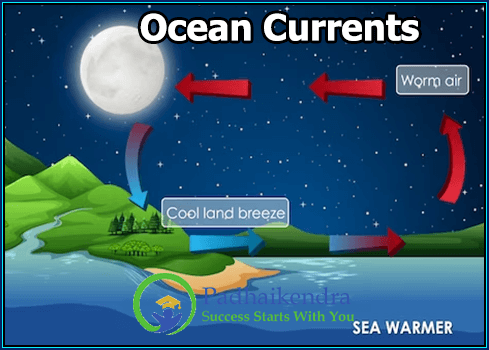Ocean currents are continuous movements of ocean water that are driven by various factors, including wind, temperature, and salinity differences. There are two main types of ocean currents: surface currents and deep currents.
- Surface currents: Surface currents are driven primarily by wind and are located in the upper layer of the ocean, typically extending to a depth of around 100 meters. They can flow for thousands of kilometers and have a significant impact on climate and weather patterns. Some examples of surface currents include the Gulf Stream in the North Atlantic and the Kuroshio Current in the western Pacific.
- Deep currents: Deep currents, also known as thermohaline currents, are driven by differences in temperature and salinity and are located in the deep ocean, typically below a depth of 100 meters. These currents can take hundreds of years to complete a single cycle and play a crucial role in redistributing heat and nutrients around the globe. The most well-known deep current is the global conveyor belt, which moves cold, dense water from the Arctic Ocean southward and then brings warmer, less dense water back to the north.
Ocean currents have a significant impact on the global climate system, as they redistribute heat and nutrients around the world. They can also affect weather patterns and marine ecosystems, as they can transport nutrients and organisms across large distances.





